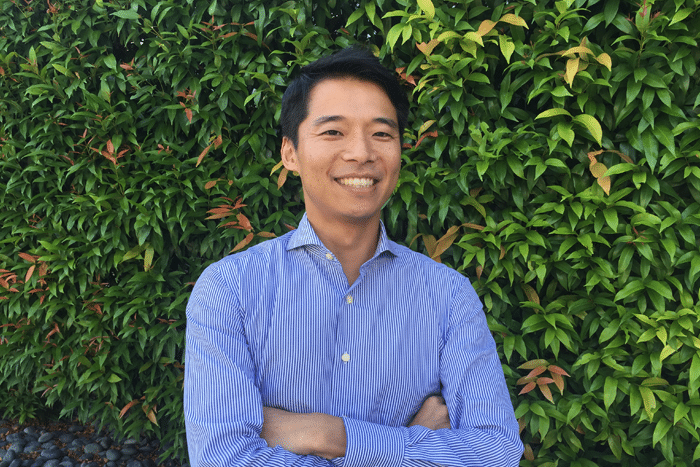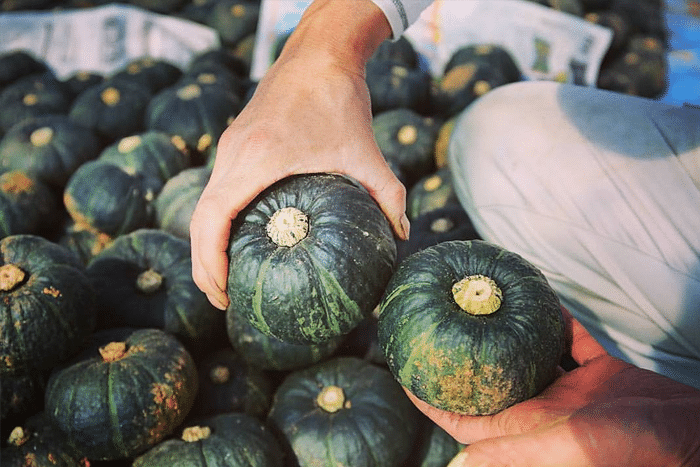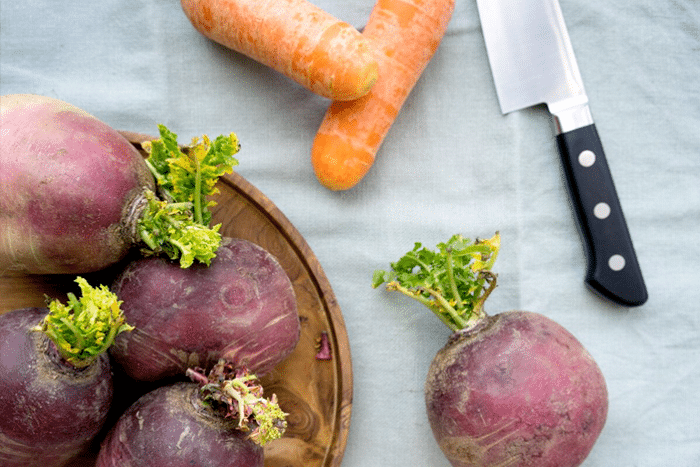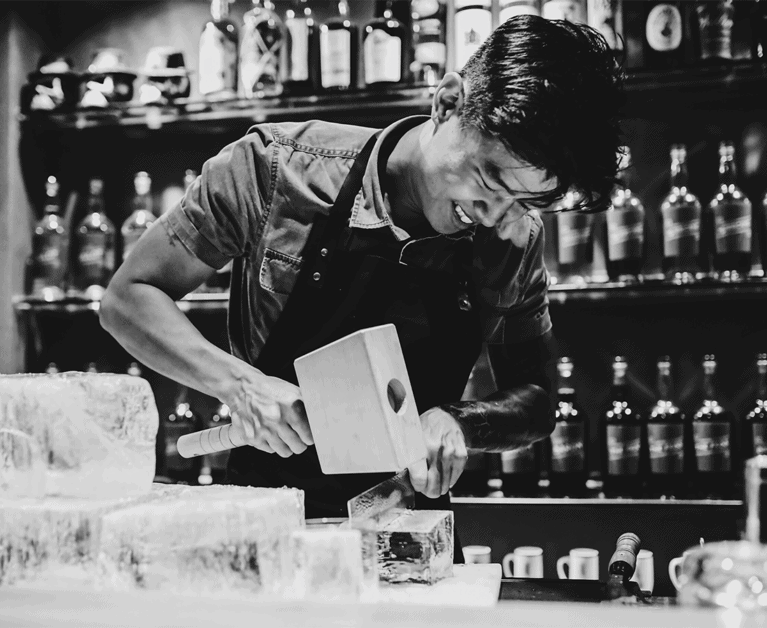10 Questions with Ryosuke Koike, The Man Behind Chitose’s Artisanal Omakase Box
PUBLISHED May 8th, 2017 06:00 am
Imagine opening a treasure box for the first time to find not gold, but a variety of vegetables and fruits. Yeah, we’d be pretty bummed too, except that those produce are among some of the season’s best picks from over 50 artisanal farms in Japan and Malaysia’s most famous agriculture station, Cameron Highlands.
Such is the much-talked about Omakase Box launched by Chitose Agriculture Initiative, a Singapore-based company that brings in fine artisanal Japanese produce – air-flown direct from the source and delivered to your doorstep only 48 hours from harvest. With enough guaranteed-fresh items to last up to one week, expect the mystery box items to change regularly and according to the season. At the moment, there are over 200 varieties of produce, and inside will be a detailed list of what each fruit or vegetable is, along with a recipe card to inspire you home-cooks.
To find out more about Chitose and the Omakase box, we speak with the company’s director, Ryosuke Koike, a rather philosophical character who lived in a swamp for three years…all in the name of research.

Hi Ryosuke-san! To start off, could you tell us about your background?
My major was in Economics when I was an undergrad and I have a master’s degree in Public Policy, so what I was studying was very far from agriculture. That said, I became aware of the importance of agriculture as it’s a very important factor of policy-making and foreign diplomacy.
What is a usual workday like for you?
Meeting with partners likes restaurants and corporations that understand our philosophy and are passionate in sustainable agriculture.
Which idea came first, Chitose or the Omakase boxes? Or are they synonymous with each other?
“Chitose” is our company name. The Omakase box came out later to support farmers, and to help people learn about what they eat every day through the produce found inside.

How did you come across the idea to start offering Omakase boxes?
When I first quit my job and created an agriculture start-up in Japan, I met so many farmers with know-hows and techniques used in growing amazing produce, without depending on chemicals and pesticides. I realised that this needed to be passed on to other regions and the next generation as new ”technology”.
Ethical farmers are constantly met with challenges that threaten not just their beloved crops but also their way of life, by risks such as natural disasters or diseases that leave these farmers in peril. The existence of Chitose and the Omakase box is to bridge and mitigate these risks while they continue to do the good work for the benefit of humankind.
What was the process of starting the company like, and what was the biggest obstacle? It must be difficult to get ultra-fresh produce from Japan to Singapore customers in just 48 hours.
We started with no connections in Singapore. On my first day here, we started out by asking shops to lend us a little space to give out samples to passerbys. The first place was Al Marche, a deli at The Sail, and we distributed 200 samples of sweet corn from Japan. It helped us connect with more people, who in turn connected us to more people.
We hear you once lived in swamp alone for 3 years, for research. What was the experience like?
I lived in a palm oil plantation in Sabah, East Malaysia, for a project to apply more economically sustainable solutions to industrial wastes. Plantation life is very different from my life in Japan. I sometimes see wild elephants, buffalos, and huge lizards; even crocodiles if I go the river! I climb the coconut tree if I get thirsty. But the people are very nice and treated me as a part of their families, and I also learned Malay during those days.

Who does the curating and produce selection for Chitose?
Our merchandising team is called 千年農業 (Sennen Nougyo), which translates to “thousand year agriculture).
What is your personal favourite produce?
Strawberries! I love strawberries, and I was shocked when I first came here, because I couldn’t find good strawberries in South East Asia. That’s why we decided to grow strawberries in Cameron Highlands.
Moving ahead, what are the plans for the Omakase boxes?
We would love to have more partnerships with artisanal farms and work on more consumer activities so that we can spread the word and educate people on sustainable agriculture. Through understanding where agriculture comes from and how much effort it takes to maintain a farm, we want to get more support for the farmers as well.
How does Chitose and its partner farms practising sustainable and ethical farming?
After deducing freight cost, the bulk of the money earned from the sale of Omakase boxes in Singapore is transferred to the farmers. We test the soil of the farmers to ensure that the amounts used are sufficiently low so that it does not impact the wellbeing of the end-consumers.
We also meet with every farmer we partner up with to understand their passion for farming, to ensure we do not partner with people that are looking to industrialise their farms for pure profit purposes. Lastly, most of our partners have their own education programmes in the local farming community, where they share their farming techniques and experiences with new and aspiring young farmers.
The Omakase Box is priced at $120, and can be ordered online here.

